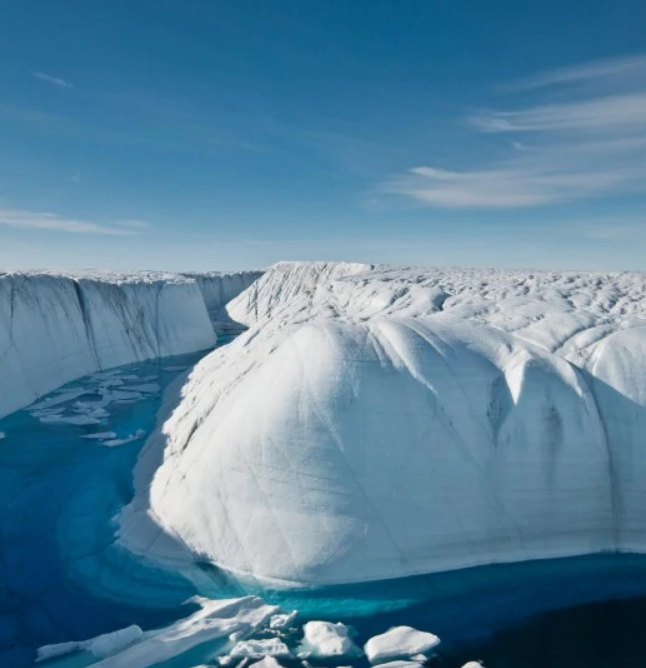Greenland melt measured
 New research shows Greenland has lost 3.8 trillion tonnes of ice since 1992 – enough to push global sea levels up by 10.6 millimetres.
New research shows Greenland has lost 3.8 trillion tonnes of ice since 1992 – enough to push global sea levels up by 10.6 millimetres.
The international study shows that sea ice loss is tracking at the Intergovernmental Panel on Climate Change’s high-end climate warming scenario, which would see an additional 50 to 120 millimetres of global sea-level rise by 2100.
Ice loss from the Greenland Ice Sheet has been a major contributor to sea-level rise in recent decades, although the extent and speed of this loss has been difficult to quantify.
To better understand ice mass changes in Greenland, University of Leeds researcher Andrew Shepherd and colleagues performed a detailed analysis of models and satellite data of the ice sheet’s volume and flow between 1992 and 2018.
They found that the ice sheet lost about 3,800 billion tonnes of ice over this period.
From 1992 to 2013, the rate of ice loss accelerated, but after 2013 it slowed down, coinciding with a period of cooler ocean and atmospheric temperatures.
The authors note that the total amount of ice lost since 1992 is still close to that projected by the IPCC, which predicted a similar rate of sea-level rise due to ice loss.








 Print
Print